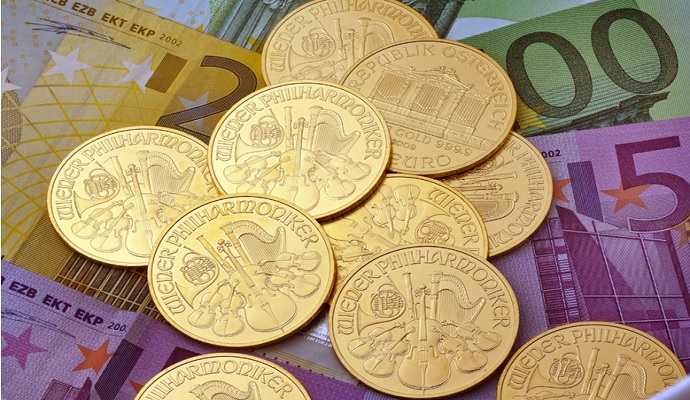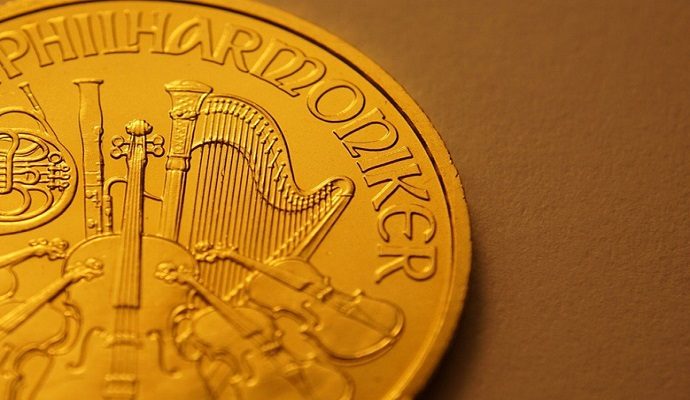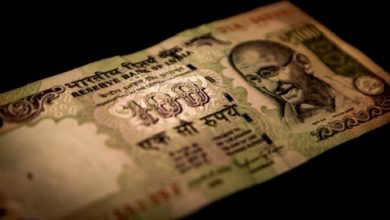
The Vienna Philharmonic is a type of coin made up of gold, platinum, or silver made from the Austrian Mint. This is a coin that’s exclusively named after the orchestra, and this is also the inspiration for the design on both faces of the coin. Read more about buying precious metals like coins on this site here. Gold philharmonic coins were first developed and made by the Mint in 1989, and they were available in one troy ounce. The original value before the introduction of euros was 2000 schillings, and it’s one of the best sellers in the world. In the year 2002, the adoption of the euro currency took place in the country, and the value of the currency was converted into 100 euros.
In the year 2008, the Austrian Mint came up with the one-ounce silver version of the Philharmonic coin. As a result, its nominal value was determined to be 1.5 euros, and this silver became one of the world’s best-sellers since it got third place in 2013. In 2016, the platinum coins produced by the Mint had a face value of over a hundred euros.
As with any other coin, the value is usually based on the current spot price of the metal in the market and the supply and demand. Overall, this Philharmonic has a fineness of 99.99% or 24 carats regardless of if it’s made of gold or platinum.
Some countries in Europe allow the trading of the gold Philharmonic without the need to pay for the value-added tax. Meanwhile, silver has a reduced VAT rate in some countries in the EU. You can check out the link https://www.metal-res.com/gold-ira/austrian-philharmonic-gold-coins/ to know more about how you can add the Austrian Philharmonic into your individual retirement account. This is an excellent diversifier and hedge against inflation, and the value will likely go up in a few years if it becomes scarce.
Know that the design remains the same every year. It’s only the year when the coins are issued that usually change. If you look at it from the obverse side, the coin shows a pipe organ that’s present in the Musikverein’s Golden Hall of Vienna. The reverse side shows various instruments, including four violins, harps, bassoon, cello, and horn. These instruments were all designed by Thomas Pesendorfer, who was the chief engraver of the Austrian Mint.
A Brief History of the Philharmonic
In the year 1988, the government authorized the Austrian Mint to come up with fractional-ounce and one-ounce bullion gold coins. In October 1989, the Philharmonic was first introduced, and it came in two sizes. The first Mint was one-quarter, and the other was one-ounce.
The other sizes, which are one-half and one-tenth of an ounce, were added in 1994 and 1991. Most of the features are the same, and the designs are all similar to each other. The difference is just on the face value and the weight.
Many people became interested in the Vienna Philharmonic, and it grew quickly in popularity. The World Gold Council declared it as one of the best sellers, especially in the years 1992, 1995, and 2000. It’s reported that over 14 million Philharmonics have been sold today since it was first introduced in 1989, and its equivalent was more than 300 tons of gold.
Since the euro’s introduction, the Philharmonic has been assigned a face value, and it was denominated in 2002. In February 2008, an ounce of the silver coin was given a value of 1.5 euros, and it was made up of 99.9% pure silver. However, unlike the reeded edges that are present in gold, the silver varieties are smoother.
The bullion is shipped in containers that have 500 of them and are called monster boxes. Each of the monster boxes consists of 25 tubes where 20 coins are present. The sales are looking good, and over five million were sold in a five-year period. This was equal to 1,800 tons from 2008 to 2012 alone.
Platinum has also become popular nowadays, and this is why the Mint has produced this metal with a similar design as the silver and gold versions. Like its gold counterpart, the platinum coin has a face value of 100 euros. The purity is seen at the obverse side, where it reads one unze platin 999.5. This is the only legal tender in Austria with a face value in euros. It’s becoming popular in countries like Japan and the ones in North America.
Variations

There was the 15th anniversary of the bullion, where it featured a thousand troy-ounce version of the gold Vienna Philharmonic. This was created by the Mint, and it consists of more than 60 pounds of gold. The dimensions have increased over tenfold, and this was called the Big Phil. This yields a diameter of 15 inches, and it’s about 2 centimeters thick. It’s one of the largest coins ever created, and it even eclipsed the 100-kilogram Canadian Maple Leaf made by the Royal Canadian Mint.
Since this was the 15th anniversary, only 15 of these were produced. They were given a face value of 100,000 euros, and it was unveiled in front of Wiener Riesenrad in Vienna, Austria. Those interested in seeing one of them know that a coin is now displayed at the Munich headquarters’ foyer, where it’s owned by Pro Aurum, a precious metals company.
New sizes were created in other anniversaries with different face values. However, know that they are different from the market value. In 2021, Big Phil was valued at $1,350,000 for the gold alone, which does not include the coin’s rarity.









DISCLAIMER: The information provided on InvestmentTotal.com is for general informational purposes only. The content on this website is not intended to be, and should not be construed as, professional financial advice.